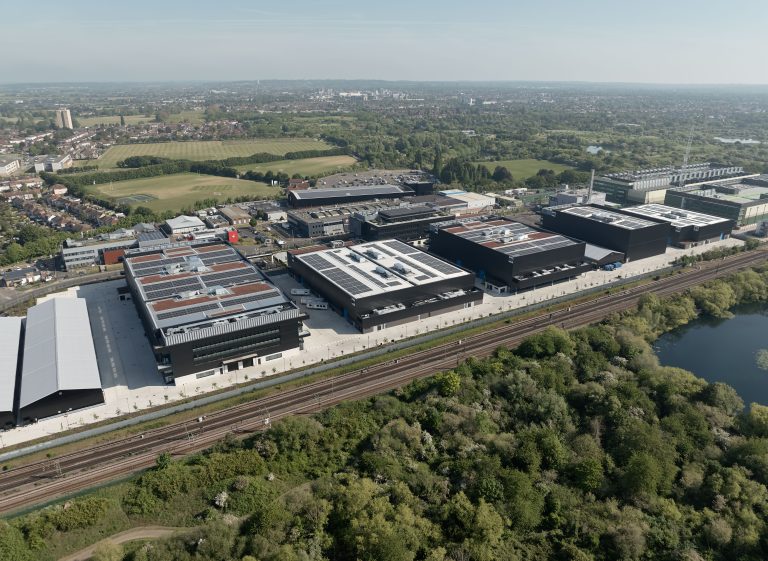The foodservice industry is an umbrella term that includes restaurants, cafés, catering operations, and institutional kitchens. However, regardless of niche, you have to combine speed, quality, safety, and consistency to stay competitive. It’s not just about finding the best-prepared staff. Factors like efficient refrigeration, proper ventilation, and ergonomic layouts can directly impact how fast food moves from prep to plate. In a high-pressure, low-margin industry, even the smallest upgrades can improve efficiency and productivity if they’re done right. In this article, we break down some of the most high-impact facility upgrades that help foodservice operators boost output, cut waste, and stay compliant without adding more hands to the line. 1. More Efficient Refrigeration Systems Refrigeration is one of the main factors that keeps your business running. From ice machines to refrigeration equipment, you want appliances that maintain more consistent temperatures, use less energy, and help prevent spoilage. Food waste is already a major problem in well-developed countries, with over 1.3 billion tons of food wasted each year at a global level. Better refrigeration systems can help reduce this waste and cut energy use by up to 20%. Therefore, the first upgrade you should make is to your refrigeration system. Look into reputable equipment manufacturers, like Ice Machine Plus, that produce a wide range of appliances for the foodservice industry. By choosing one or two trustworthy equipment suppliers, you also improve maintenance and streamline service since parts, support, and expertise are centralized. 2. Advanced HVAC and Air Quality Systems No one can give their all in a work environment that doesn’t support comfort, efficiency, and safety. If your kitchen staff is sweating bullets or breathing in fryer fumes all day, you shouldn’t expect increased efficiency and productivity. The best thing you can do, in this case, is to upgrade to a modern HVAC system with proper filtration, humidity control, and zoned temperature management. This improves both worker comfort and food safety. The CDC warns that poor ventilation increases airborne pathogen transmission. At the same time, the American Society of Heating, Refrigerating, and Air-Conditioning Engineers’ research shows that targeted humidity control can reduce equipment corrosion and maintenance costs. 3. Optimized Kitchen Layouts Your staff will move as fast as the kitchen layout allows. If you want to kill productivity, all you need is a tight prep area, poor flow between stations, and some outdated equipment. On the other hand, to maximize your staff’s effort, you need to redesign the workspace with efficiency in mind. Here’s what successful kitchens do: 4. Hygienic Flooring and Drainage Systems Floors and drains are your first line of defense against slips, contamination, and long cleanup times. Slip and fall accidents don’t happen just on construction sites; they also happen in kitchens where the floor gets slippery the moment it’s wet. Install seamless, non-slip flooring and make sure the drainage can handle everything you throw at it (literally). A stainless steel trench or a slot drain can transform a kitchen from a hazard zone to a hygienic haven. Furthermore, proper drainage reduces cleaning labor time and minimizes bacteria buildup and water pooling. Wrap Up There you have it. Four upgrades that have a big impact on any facility where food is prepared, cooked, or served (or all of these). These changes boost productivity, reduce waste, and keep staff moving efficiently. The result? Faster service, fewer costly errors, and happier customers. While it may seem like an unnecessary expense, infrastructure investments are part of a strategy for success. Plus, when your facility runs smoother, your bottom line gets stronger.













